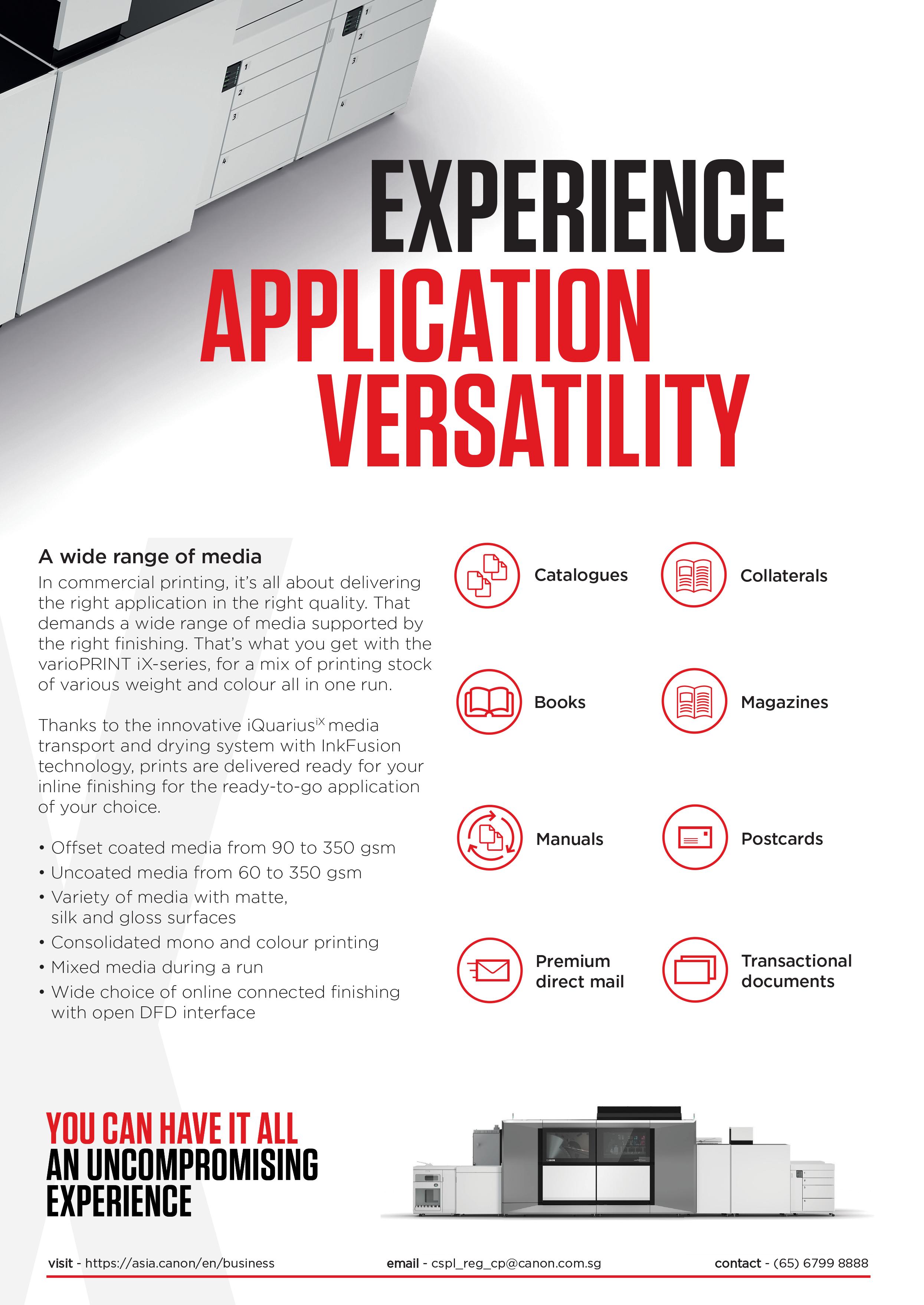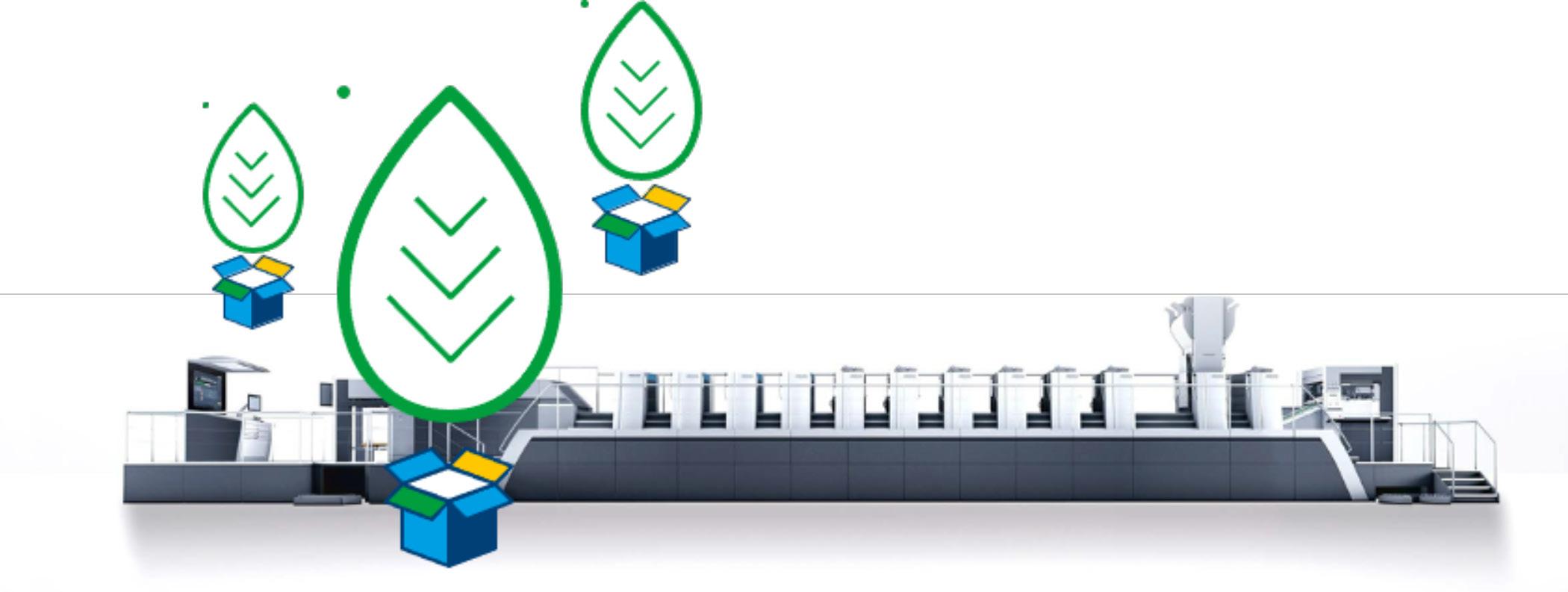
11 minute read
efficiency, speed and time-savings Digitization and its impact on sustainability, agility, and growth
The global packaging printing market is expected to grow by around three percent annually until 2023. The driving factors of this increase are the growth of the global population, the increasing urbanization and rising purchasing power in the emerging mar- kets, and the trend towards smaller households in the industrial nations.
Advertisement
Packaging printing therefore remains the fastest growing segment in the print media industry. A big boost in demand comes from brand manufacturers and retailers insisting on sustainable packag- ings. And more good news – the food and pharmaceutical industries are considered systemically relevant, which ensures busy times for packaging printers in these two segments, even in times of crisis, as demon- strated by the Covid-19 pandemic.
However, the positive growth prospects go hand in hand with increasing demands. This white paper analyzes the key trends and challenges, and presents technologies and solutions for successfully shaping the future of packaging printing.
Managing growing complexity more effectively
The dynamics in packaging and label printing continue to grow. The driving forces are increasing diversification, shorter delivery times and product life cycles, as well as legal requirements.
The trend toward increasing personaliza- tion and therefore to a greater variety of jobs and shorter runs has already been vis- ible in the food industry for the past few years. This has increased the need for more efficient production processes. The main focus is on establishing lean process standards through networked workflows and automation and, in view of the increasing skills shortage, also on mini- mizing manual interventions.
The pharmaceutical sector is increasingly developing toward just-intime production. This is caused by ever shorter runs in
combination with shorter delivery times and a greater variety of jobs. The driving factors are the various package sizes and dosages and the greater focus on specialty medicines (e.g. orphan drugs) in small production batches, along with rising numbers of language and country versions.
The over-the-counter (OTC) product seg- ment places high demands on finishing. The main determinants of success at the point of sale – in other words, in pharma- cies and drugstores – are the look and feel of the folding carton. The costly design
process, strongly fluctuating require- ments, and a shorter time to market require agile and efficient production methods. Makeready times and paper waste are therefore growing in impor- tance when it comes to competitiveness for packaging printers too.
This means that the production speed alone is no longer the be-all and endall in profitable production. The Push to Stop approach from Heidelberg is therefore also becoming increasingly established in packaging printing. Navigated printing guides the operator through the
makeready process via the shortest route, reduces manual interventions, and thus makes it possible to produce complex jobs quickly, economically, and flexibly in con- sistently high quality.
Digitization and its impact on sustainability,
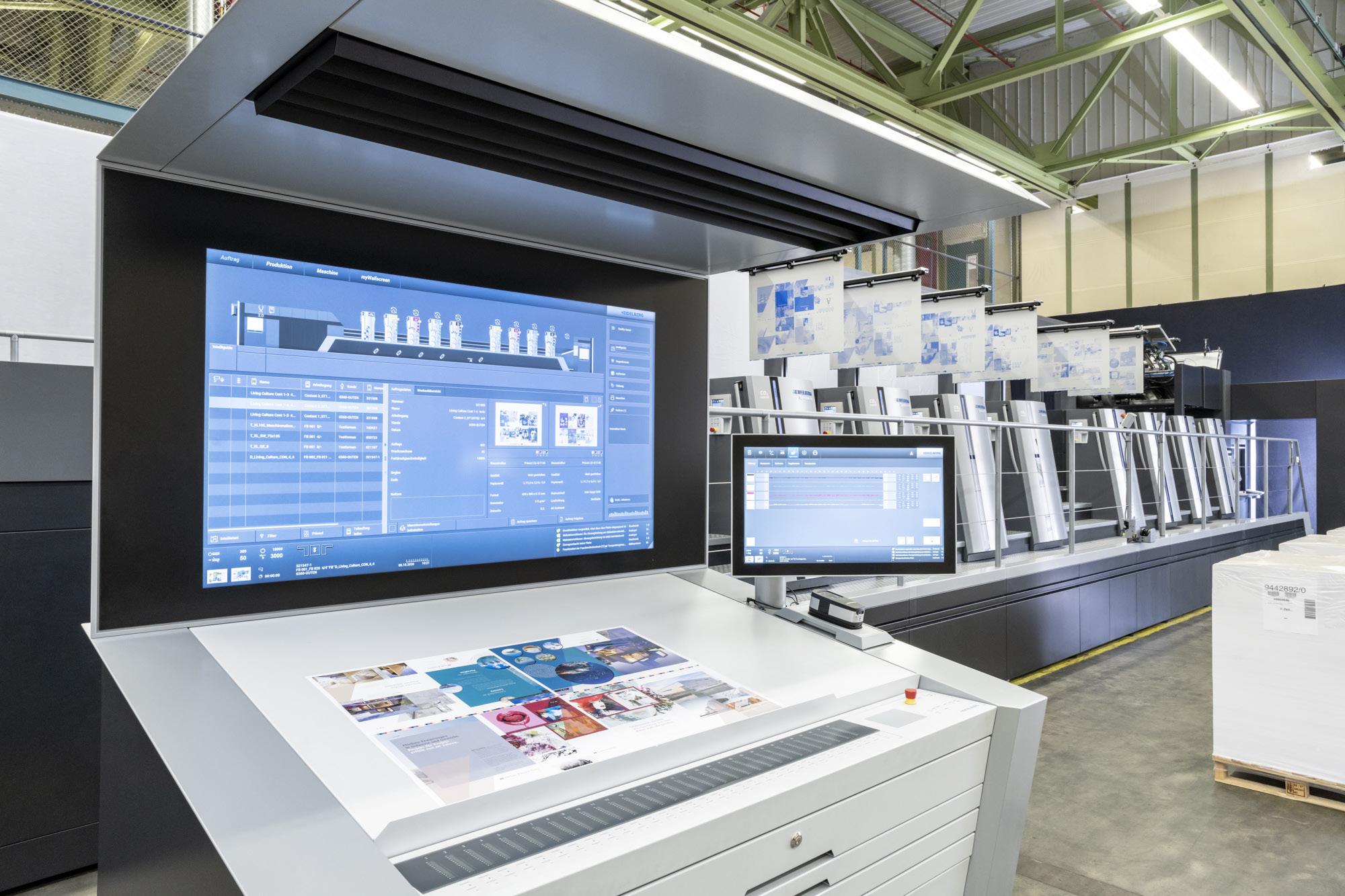
Concepts such as just-in-time or vendor managed inventory should also be imple- mented in packaging printing. This is the only way to generate efficiency improve- ments through leaner processes or the elimination of inventory holding.
Increasing quality demands
The high quality requirements in the food and pharmaceutical industries due to strict legal regulations on consumer protection, traceability, and patient safety or counterfeit protection further increase the complexity of order processing. This goes hand in hand with a greater need for automation.
A defining feature of inspection systems for economical and zerodefect produc- tion is that they detect defects reliably in all production steps and at the same time help to save time, and reduce paper waste.
In the Speedmaster 2020 generation from Heidelberg, the Device Assistant enables effective paper waste management by intelligently combining different devices on the machine, e.g. Prinect Inspection Control 3 and the waste ejector or the tape inserter. Customized profiles for paper waste and quality management can be cre- ated for each job portfolio.
Inspection systems for profitable and error-free production stand out by detect- ing errors reliably in each production step and, at the same time, save time and cut waste sheets.
Heidelberg offers various inspection sys- tems for quality assurance in the different stages of production:
• Inline inspection during print production. Prinect Inspection Control 3: Checks the sheet for printing defects using a PDF or OK sheet comparison. The advantage of this is that it prevents


waste sheets from getting into finishing (e. g. hot-foil embossing) or postpress.
• Inline inspection in postpress. Diana Inspector: Full size checking of card- board cut-outs for printing errors (e. g. in the barcode) using a PDF or OK sheet comparison. The advantage here is that users can check the multiple-ups even with difficult materials such as metal- lized cardboard, holograms, or hot foils. Special lighting was developed for this process.
• Offline inspection. Diana Eye: Fullsize control of all ups using a PDF compari- son. Benefit: 100 % inspection even of very demanding finishing effects such as coated surfaces, foilS, embossings, and holograms.
More finishing, more special applications
Quality requirements are also increasing in terms of finishing. Brand manufacturers are keen to set their products apart more clearly from retailers’ own brands, whose packagings are increasingly sophisticated.
First and foremost, brand owners are look- ing to stimulate customers at the point of sale through exceptional effects. This calls for application know-how and longer and more complex press configurations. In particular, double-coating presses with customized set-ups of coating, printing, and drying units are needed to produce the different applications profitably in a single pass. The trend for matt/gloss and
Sustainability – moving away from plastic, trend towards cold foil
Packaging companies are already increasingly looking for alternatives to achieve sustainability targets and meet legal requirements. Global players are starting to replace plastic packagings on a large scale.
Nestlé, for example, is using more and more recyclable paper packagings in the confectionery segment. L’Oréal started selling skincare in cardboard-based tubes this year. And even McDonald’s in Ger- many is, where possible, replacing plastic with paper-based packagings. One reason for this is that cardboard packagings are regarded among consumers as especially sustainable, which encourages sales – see also:
This should open up new perspectives for folding carton printers.
Cold foil is also particularly popular right now from the point of view of sustainabil- ity. This is because it is easier to recycle, more flexible, and more economical than metalized foillaminated cardboards and can also be processed at high machine speeds. The cardboard can be printed with multiple colors and coated in the same pass – with conventional or UV inks. Func- tions such as the format indexing on the FoilStar from Heidelberg, which stops the foil when it is not needed, reduces mate- rial consumption by up to 80 %.
Moving toward Packaging printing 4.0
More diverse products, more complex jobs, and shorter runs result in continuous pressures relating to time, innovation, and cost.
Packaging printers therefore need solu- tions to automate the workflows in all process steps in order to boost their per- formance and reduce their operators’ workload. At the same time they need to avoid unscheduled downtimes, minimize the use of resources, and make their value chain more flexible.
The answer to these challenges? Digiti- zation. Because the only way to achieve significant efficiency gains and exploit productivity potential is with software- controlled process optimization.
As a market leader in packaging printing and pioneer in digitization,
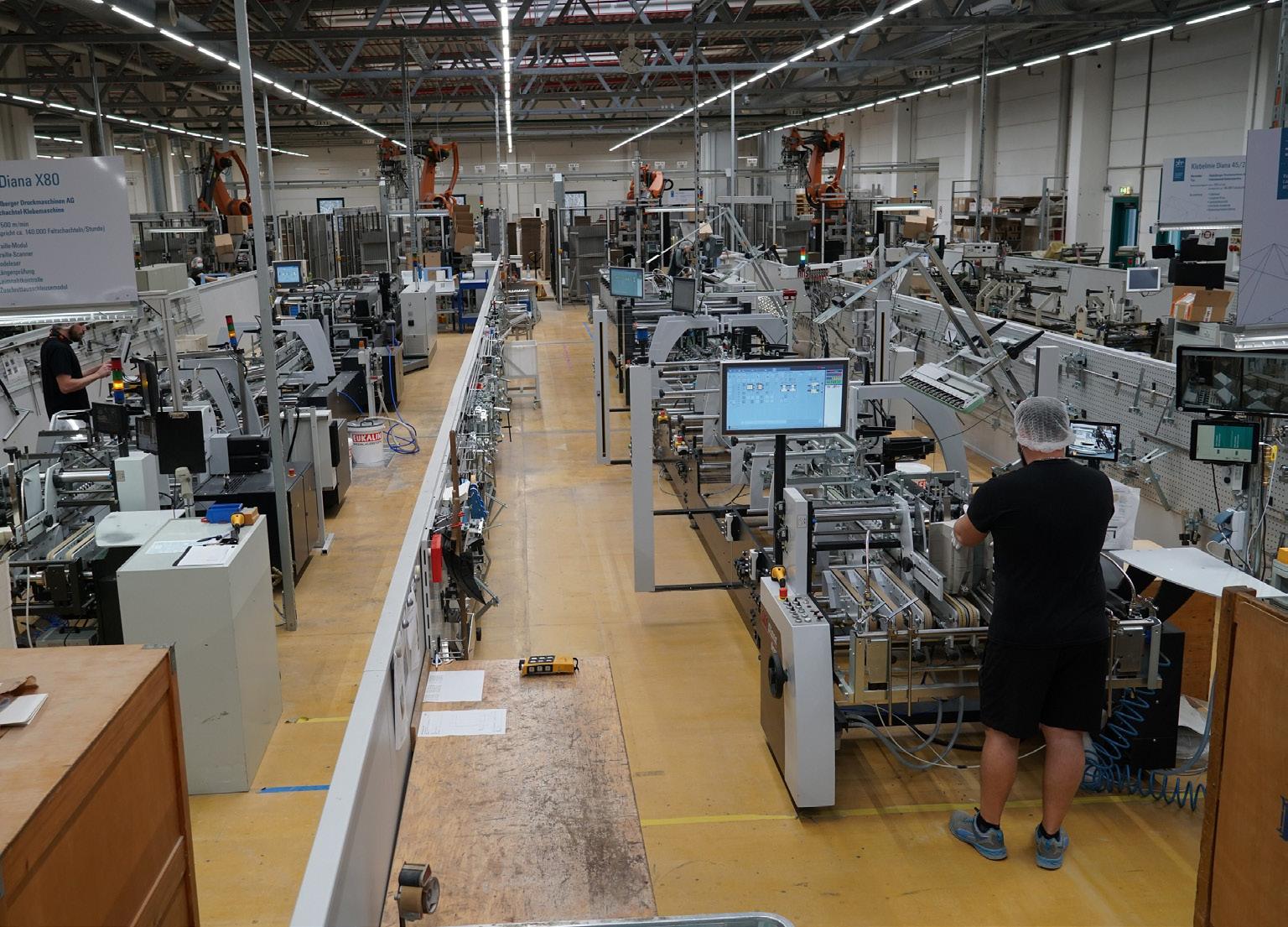
Meet the New Building Blocks of Productivity
We’d all like to get more done in a day, especially if it means less work too. The new Versant® 3100i Press and Versant® 180i Press are designed to give your business a real productivity boost. With clever features like Automated Document Workflows and fast processing times, you’re free to focus on other tasks, like taking care of customers and building your business.
Up to 67% faster turnaround time1
1 Based on 3rd party as well: V3100i Press 67% faster turnaround time & V180i Press 48% Test based on a real situation from the customer perspective: mixed job – mixed size printing – mixed simplex/duplex – in comparison to V3100/180 Press
Learn more about how we could help you boost productivity at
www.fujixerox.com.sg/sgp/buildingopportunity
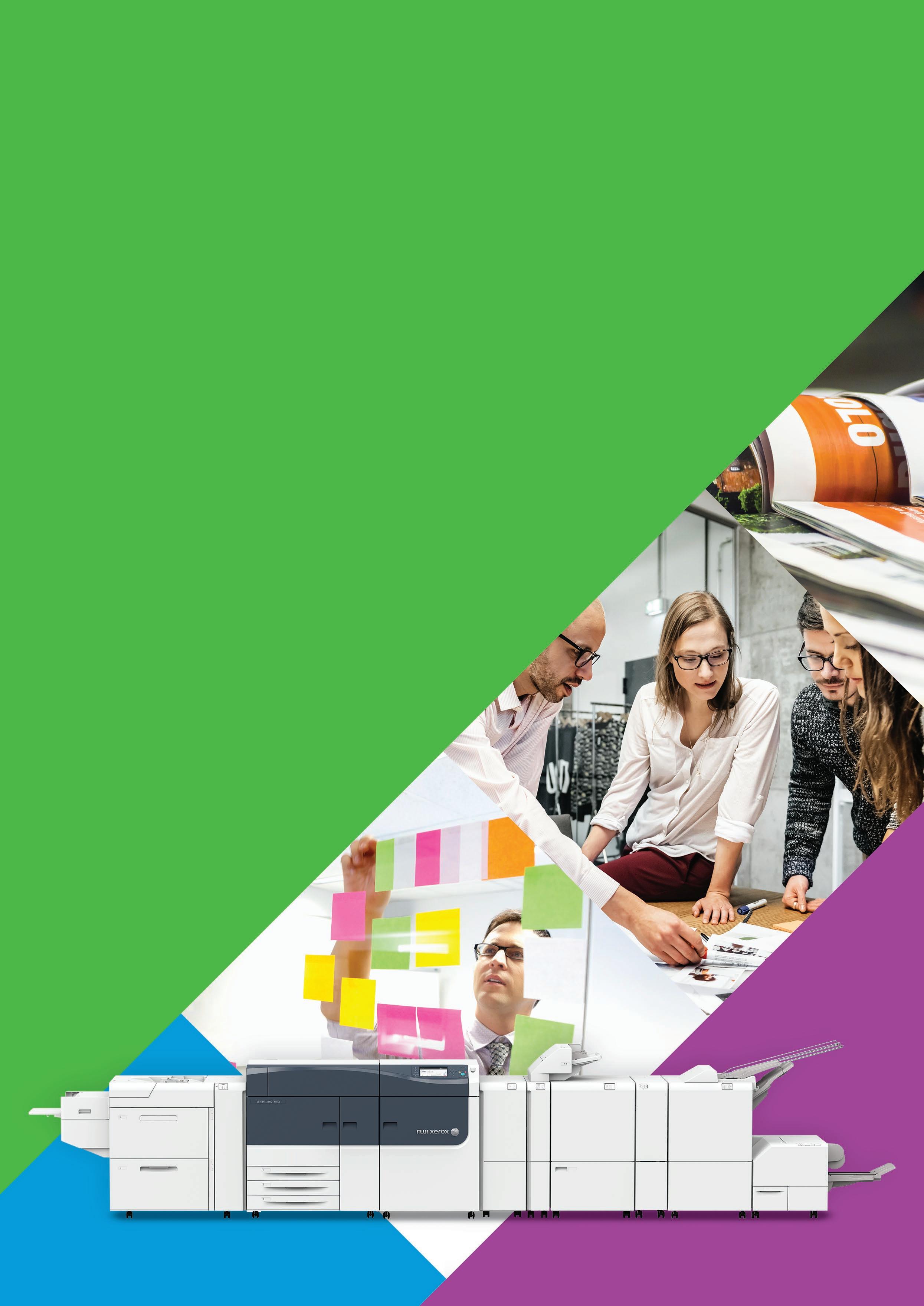
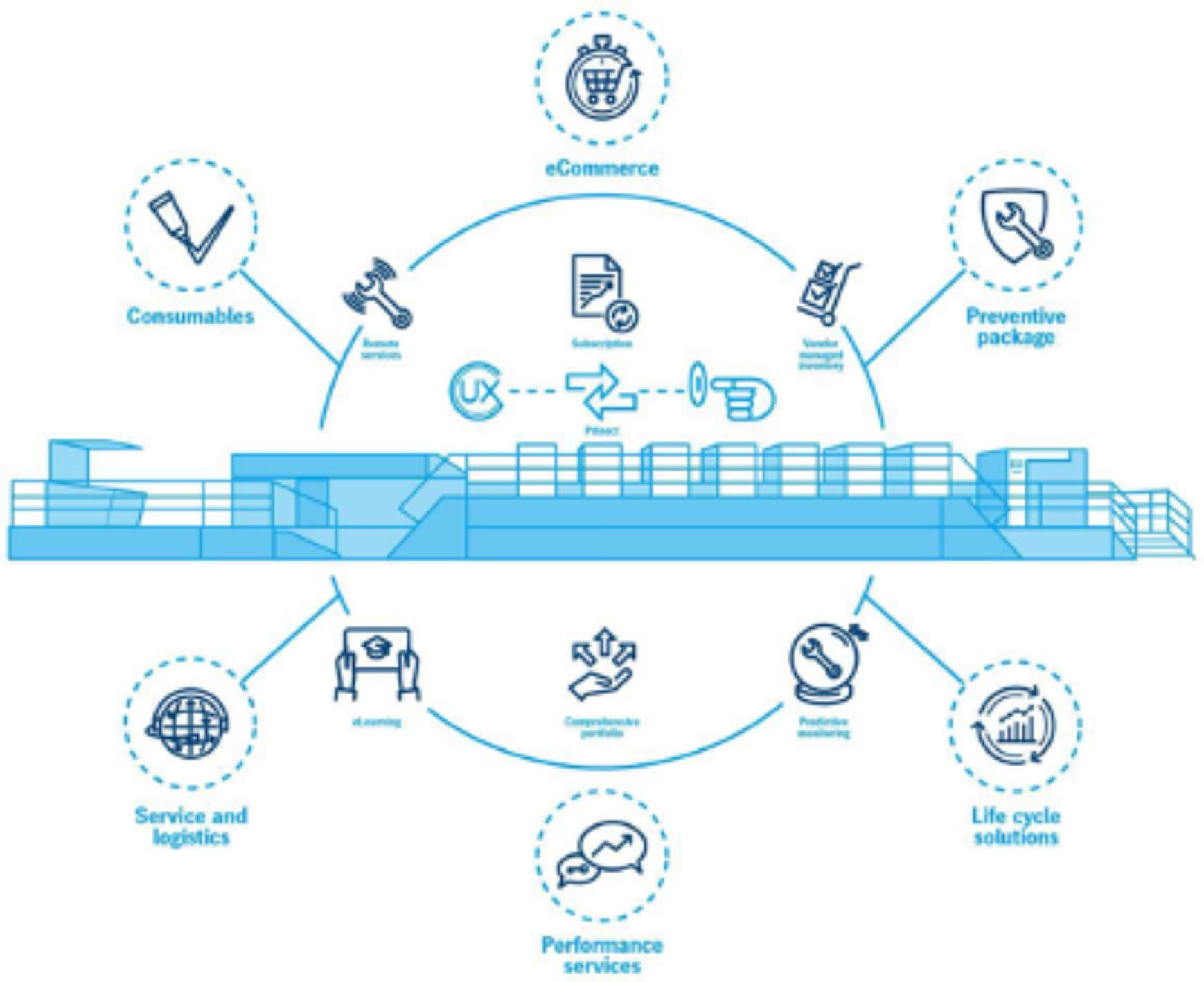
Heidelberg early on saw the potential of new technol- ogies for services such as Remote Monitor- ing or smart concepts such as Push to Stop to boost availability and performance. Now is the time for the next step towards Packaging printing 4.0.
Boosting performance with an efficient workflow and assistance systems
The most important driver on the path to Packaging printing 4.0 is an integrated workflow that divides data silos into prepress, press, and postpress and converts them into a networked process chain.
The key benefits: • Automation. Data-controlled workflows make manual intervention largely redundant, prevent errors, and shorten throughput times. At the same time they form the basis for establishing process standards and productivity that is inde- pendent from the operator.
• Seamless flow of data. Job and preset- ting data for the machines is automati- cally available where it is needed in press and postpress without the need for manual intervention.
• Transparency regarding cost efficiency. Evaluating the commercial and produc- tion data reveals cost drivers and sources of additional potential revenue.
• Quicker and easier. Intelligent assistance systems on the Heidelberg Speedmaster select powder application or the appro- priate washup program based on job and machine parameters or optimize the ink presetting on the press using artificial intelligence (Color Assistant Pro). This reduces the operator's workload and speeds up production.
• Automated logistics. Robotics and driver- less systems in material logistics are becoming increasingly important, for example for the automated provision and disposal of printing plates or for the automated transportation of printing plates from plate imaging to the press, and the printed sheets to postpress.
Postpress and production environment become smart
Cost-effective and just-in-time delivery requires a consistently high production flow with no downtimes – from prepress to postpress.
Productivity in postpress has increased further thanks to faster changeovers and higher production speeds, resulting in a 1 : 2 ratio between press and postpress. Packaging printers therefore also need solutions that automate the workflow in all process steps to increase performance and release operators. At the same time, they need to avoid unplanned downtimes, minimize the use of resources, and make the value chain more flexible.
Digitalization is the answer to these chal- lenges, as only software-controlled process optimization can open up substantial increases in efficiency and productivity.
Digital services and artificial intelligence
The emergence of technologies such as the Internet of Things (IoT) and artificial intelligence (AI) has given rise to an entire portfolio of digital services that cover the whole press and postpress process.
These services aim to provide relief to printers in their daily operations and boost availability and performance.
They include tailored contract packages made up of services, software, consum- ables, training and consulting (Lifecycle Solutions), online procurement of con- sumables (eCommerce), remote problem analysis and troubleshooting (Remote Diagnosis), recommendations for improv- ing performance (Performance Advisor Technology), and Predictive Monitoring.
These services will be further expanded in the future and will grow in importance as a catalyst for process efficiency. As the trends and challenges outlined here show, digitized value creation is increasingly becoming a prerequisite for benefiting from the forecast market growth and ensuring competitiveness in the long term.
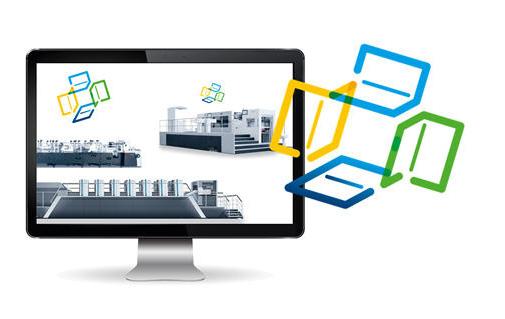

EXPERIENCE QUALITY EXCELLENCE
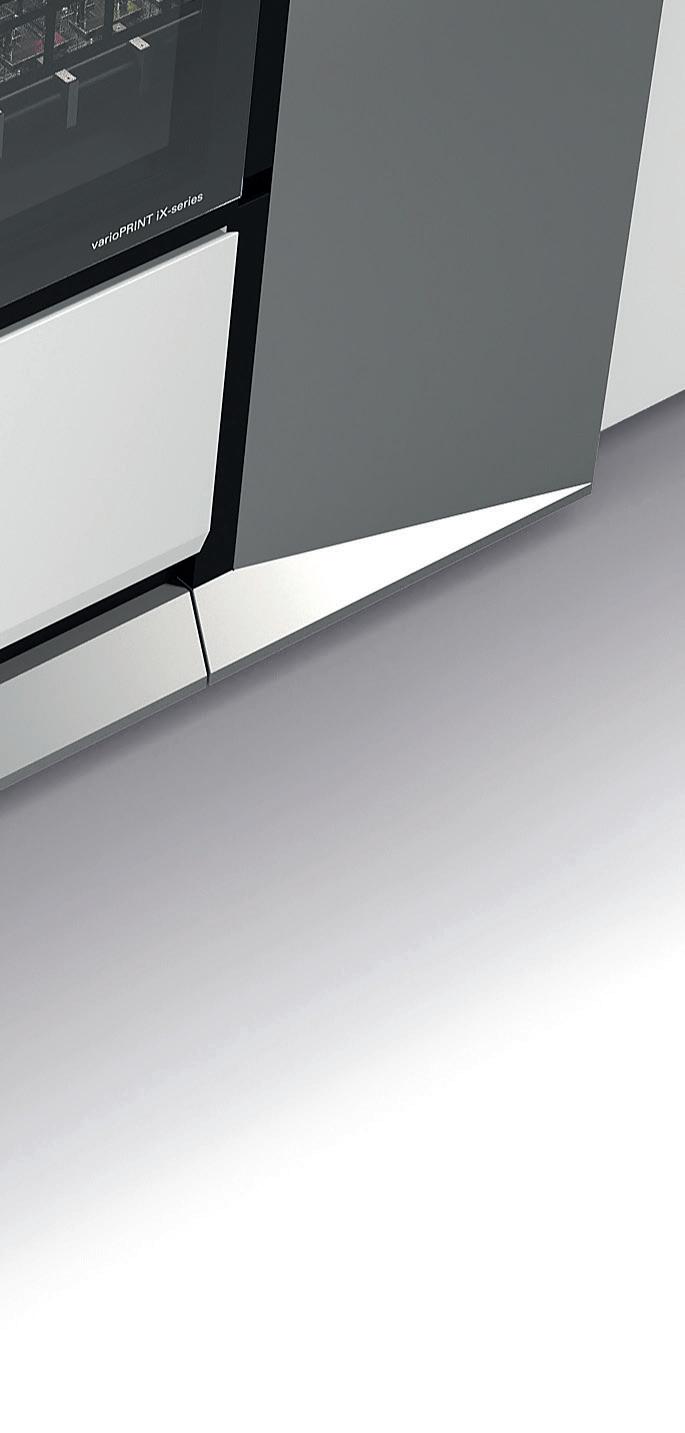
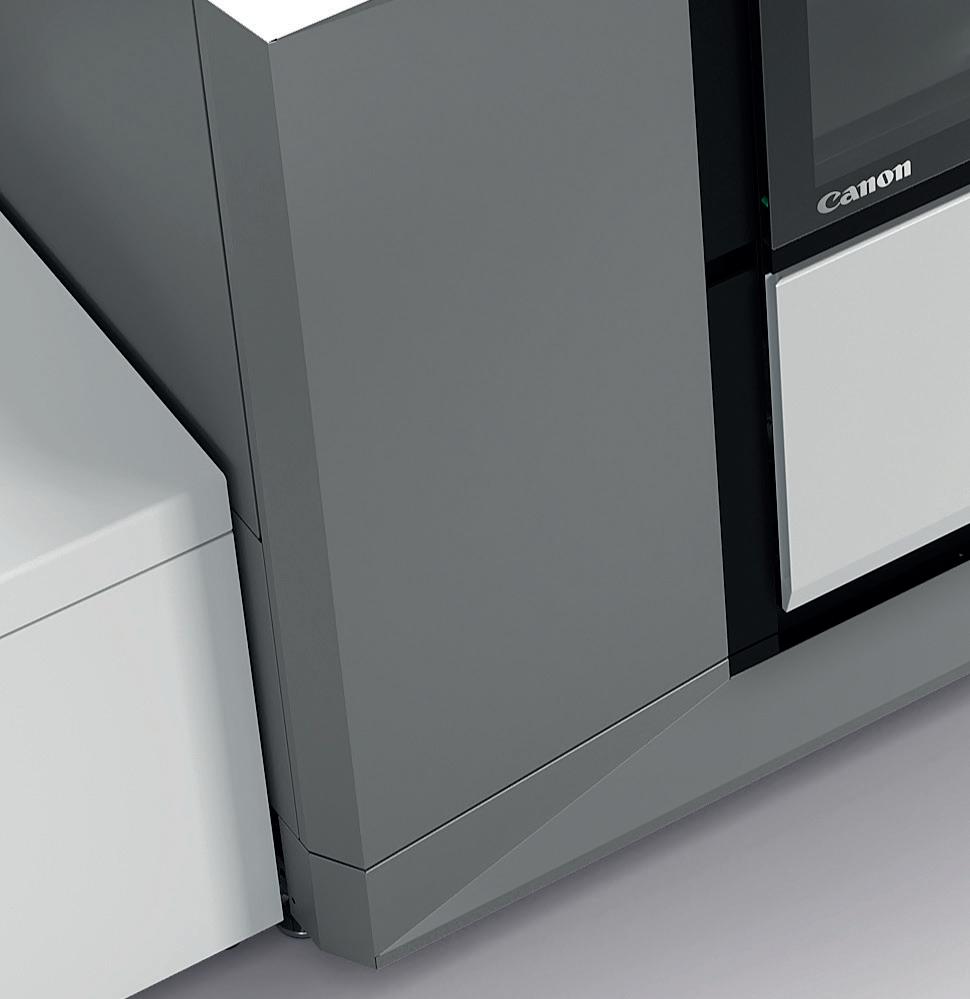
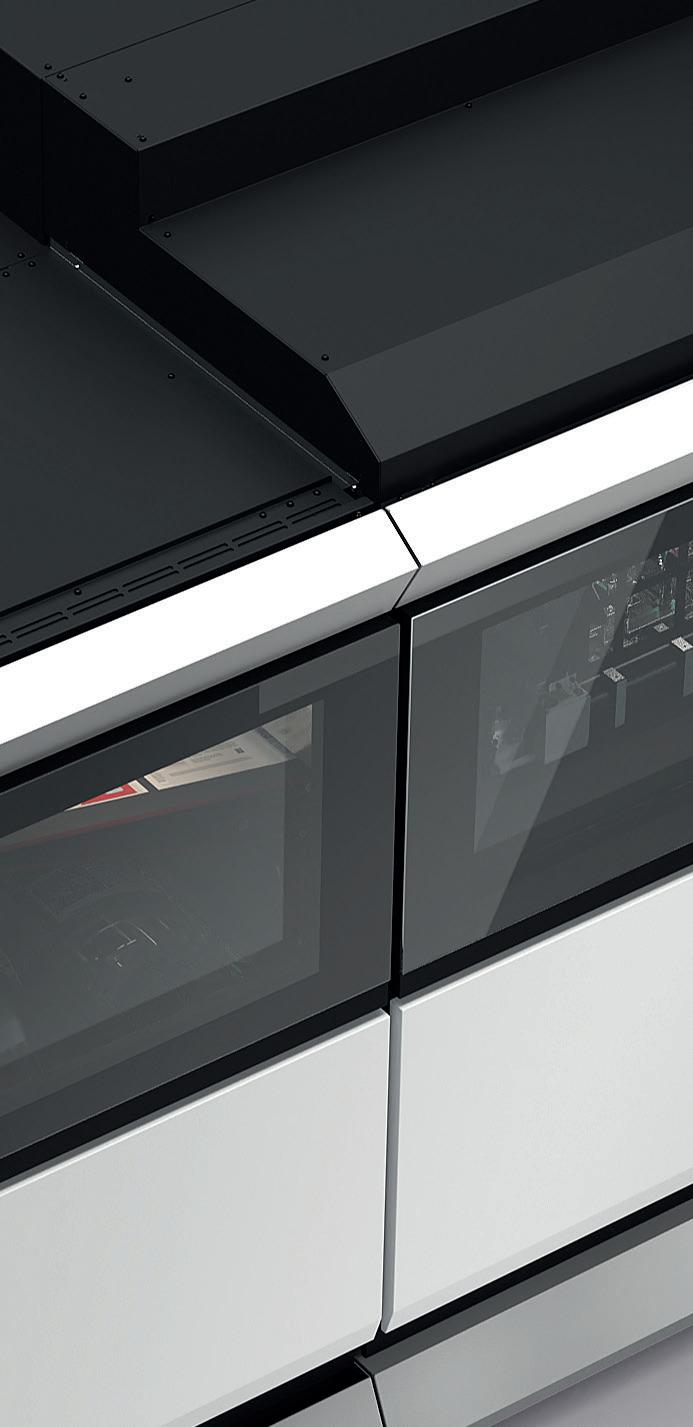

Make stunning applications
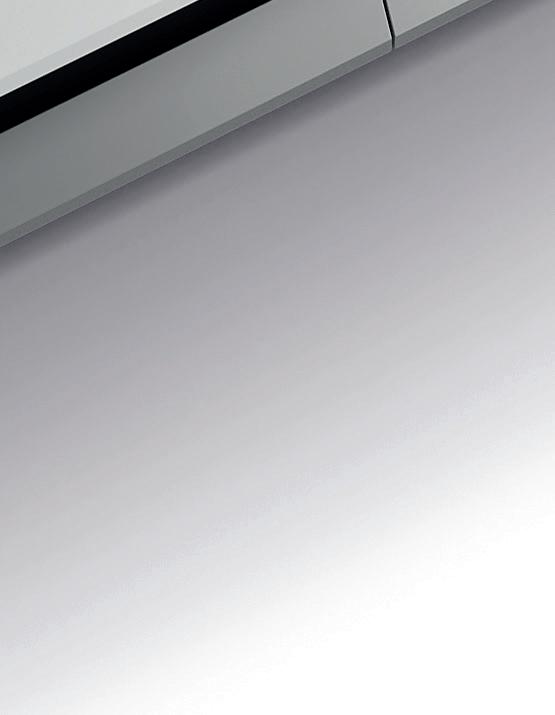
Thanks to many iQuariusiX innovations, the varioPRINT iX-series print quality rivals any other established print technology. It prints coated and uncoated media up to 350 gsm, with consistently high quality. With the varioPRINT iX-series, you experience:
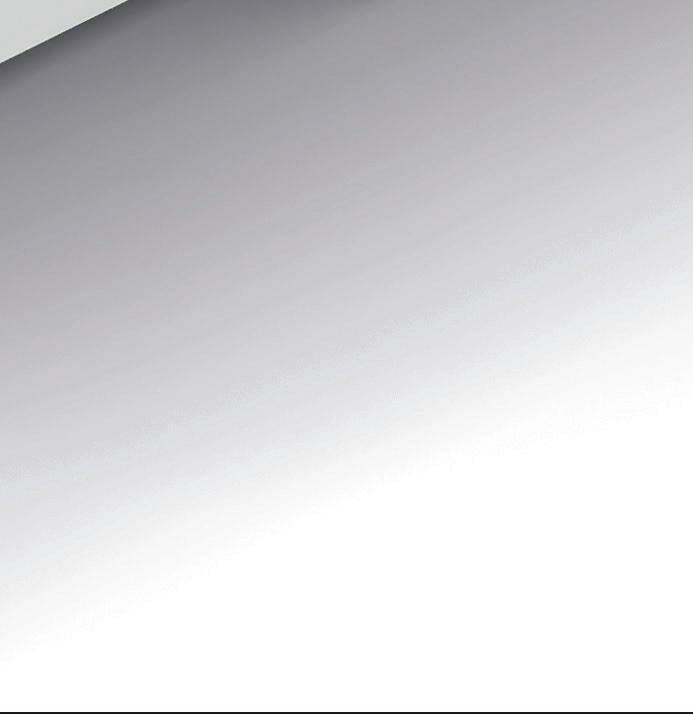
•Vibrant colours •Superb skin tones • Razor-sharp fi ne text and line detail •Smooth gradients
Quality across runs, machines and time • Innovative printheads• Innovative printheads and image processing and image processing technology technology • Intelligent nozzle• Intelligent nozzle activity and uniformity activity and uniformity control • Print environment optimisation and ink conditioning for optimal printing performance • Proprietary polymer pigment water-based performance iX ink and ColorGrip • High registration accuracy • Advanced colour management

